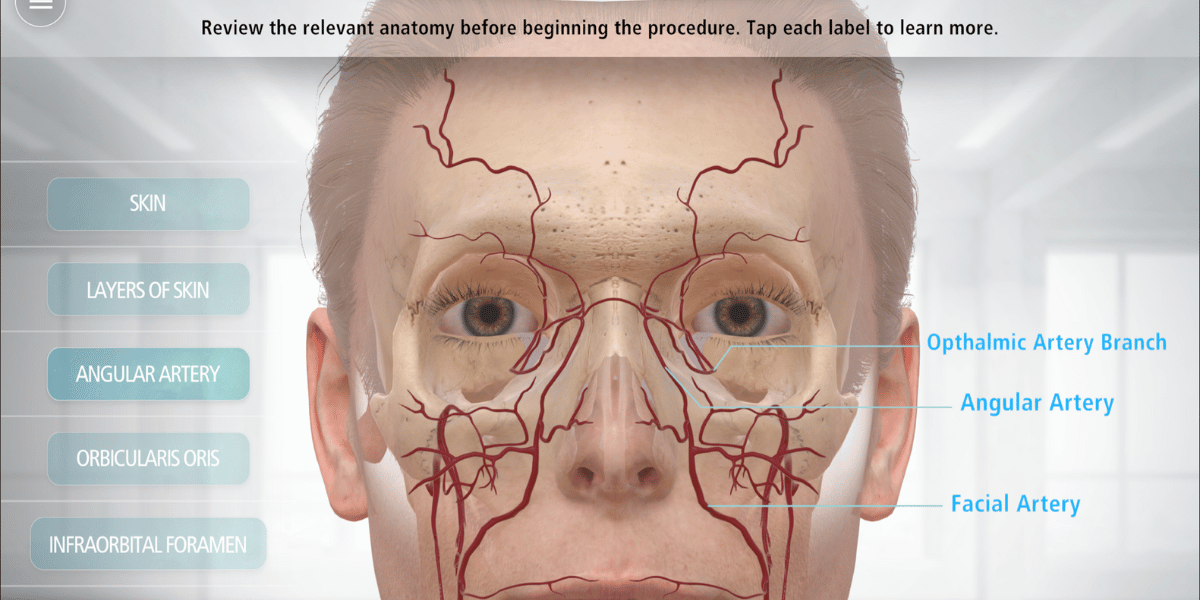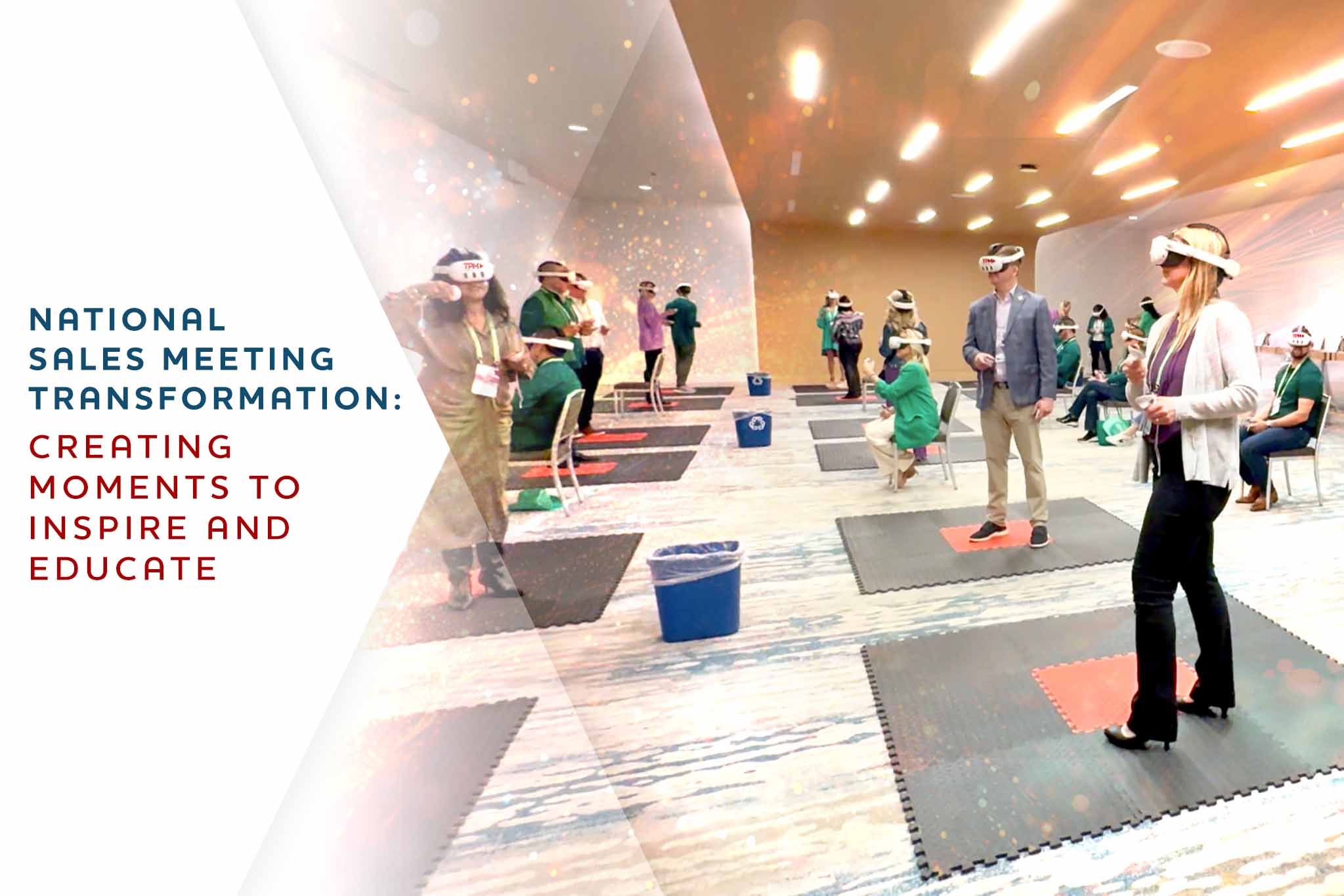Today’s medical training and education is shifting to a curriculum based on immersive training, such as the virtual healthcare simulation. With healthcare simulation, learners are taught using a virtual representation of a complex medical process aiming to offer training through immersion, reflection, feedback, and practice before working in real-world scenarios.
This enables healthcare professionals to master affective domains and psychomotor, cognitive, and technical skill sets through innovative crafted experiences without the risk inherent in a similar real-life experience. Continue reading to learn what virtual simulation in healthcare is and the main benefits of 3D medical simulation.
What is Virtual Simulation in Healthcare?
Virtual simulation in healthcare uses a 3D teaching tool to train and offer education to medical students. It mainly involves using virtual, augmented, or mixed reality technology to create a simulated medical environment in which learners experience visual stimuli primarily created through computer graphics. Through virtual stimuli, healthcare professionals can learn how to perform numerous medical procedures remotely without close contact with a real, live patient.
Virtual simulation in healthcare helps train healthcare professionals in various techniques, including treatment, rehabilitation, and diagnosis. In addition, students can learn how to use medical devices and equipment, such as defibrillators, ventilators, and IV catheters which are all available virtually. Learners gain the same experience as traditional training but in a remotely accessible and easy-to-share form.
Besides virtual reality, other virtual simulations in healthcare include:
- Augmented reality in medicine
- Standardized patients
- Simulated record systems
- Part-task simulators
- Manikin simulators
- Simulated mechanisms of action
- EMS simulator
3D Medical Simulation Benefits
Some of the main benefits of 3D medical simulation include the following:
3D medical simulations are ideal when explaining complex topics
Most medical topics are complex and require in-depth explanations for easy comprehension. 3D animations significantly aid in explaining complex issues quickly through detailed visual representations. Typically, a 3D animation virtually places your students on the medical scene, which assists them in visualizing unlikely events or complex arguments.
For example, trial presentations of medical conditions, such as an injury, become more straightforward and easier to understand if presented via a 3D animation. The animation helps recreate the scene of an injury while seamlessly illustrating what is happening beneath the skin, including all internal injuries and broken bones.
3D animations offer a broad scope
3D animations are more realistic than most traditional illustration techniques. The animations have also proven to have more mechanical value than 2D animation. Animations help instructors elaborate or illustrate almost every aspect of each topic, as everything can be viewed clearly. With 3D animations, you can zoom down to the microscopic level and have a more detailed view.
Virtual training enhances engagement
It is easy for students to get bored or lose interest quickly, especially when they are not comprehending what is being demonstrated. Animation-based learning is more exciting and engaging. Through this, most students rapidly follow their tutors and grasp most of the information presented. Visual content can also educate and influence patients, making them learn what is happening in their bodies efficiently and become more actively involved in their well-being.
Simulations are ideal for a wide range of audience
3D medical simulations have no audience limitations, as individuals with no medical backgrounds can easily interpret them. 3D animation, though simulating real-life scenarios, and is incredibly detailed. In addition, most interactive materials are created with a larger audience in mind, allowing tutors to deliver a different type of 3D animation per the level of expertise of their audience.
Virtual simulations boost retention
Besides providing an in-depth explanation for complex topics, 3D medical simulations can also help significantly improve students’ retention ability. The human brain tends to comprehend and retain virtual information better than reading. According to a research study, combining immersive virtual reality with neuroanatomy studies have numerous benefits, such as enhancing knowledge attainment and retention, boosting motivation to learn, and minimizing students’ fears of being able to connect basic knowledge to clinical situations.
It is also possible to fit a large amount of content into a 3D animation, which helps learners grasp and retain more, and present that information in a shorter period of time than other traditional learning methods. Finally, animation-based learning is composed of different learning styles, such as audio and practical learning, which also boost learning retention.
3D medical simulations can be accessed anywhere and at any time
With the advancement in technology, you can access 3D medical simulations anytime and from any location. 3D medical animations are available online, and students can remotely access them using their devices. Remote accessibility has contributed to the rapid growth of immersive interactive learning worldwide.
3D medical simulations help boost confidence
Scenarios in 3D medical simulations are standardized and safe. Their main aim is to repeat the same procedure and help boost the student’s confidence. During simulation, learners learn from their mistakes and gain future conclusions. One of the most effective ways of becoming competent healthcare professionals is learning through experience.
3D medical simulations are time-saving and cost-effective
3D simulations reduce the time taken for training and surgical operations through time dilation. During a simulated procedure, certain sections can be sped up to go over the long or slow parts of the procedure. Animation-based learning requires no traditional setup and preparation, which helps save time. It is also easy to navigate different topics and lessons, as 3D medical simulations use technology that is accessable. With 3D medical simulations, instructors are not required to set up a session in an operating room when offering surgical procedures training.
Besides helping save time, 3D medical simulations are also cost-effective. Traditional medical training uses a lot of money during preparations and setups. Most medical devices are expensive, but with 3D simulations, instructors can access these devices virtually.
Get 3D Medical Simulations from Tipping Point Media
At Tipping Point Media, we offer numerous 3D medical simulations that seamlessly recreate medical devices, disease states, and medical procedures. Our medical simulations possess many capabilities and potentials, including multisensory learning, unique perspectives on medical procedures, and virtual training, and are easy to customize and update. Schedule a demo today to learn how our suite of virtual solutions can work for you.



